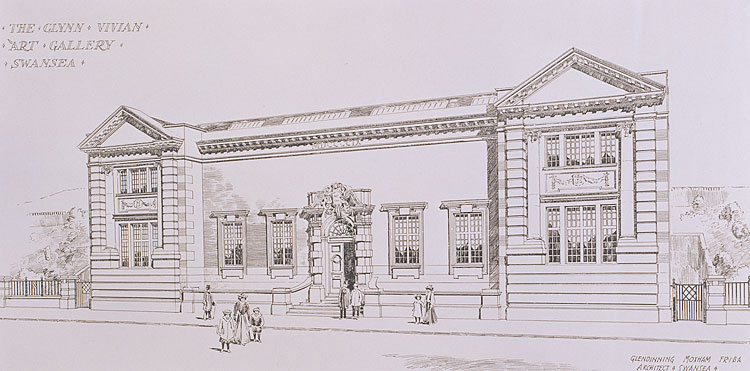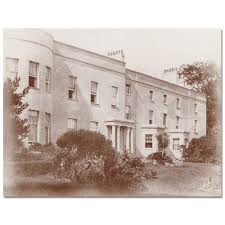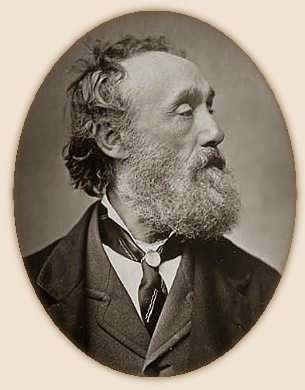Swansea Art
I have started to read 'Dead Man Airbrushed' a novel by Ieuan M. Pugh. The novel is set in early 1960s, and follows the misadventures of Johannes Taliesion at Swansea College of Art. At the beginning of the story, Taiesin fails the admission tests to join the RAF, their response is for Taiesin's application for Swansea College of Art. The RAF Staff Sergeant, describes the college as "The famous Swansea Collage of Art"
Taiesin has travelled to Swansea via Cardiganshire on the train, and we see him arriving at Alexandra Road. Taiesin gazes in wonder at the red brick and dressed Portland stone edifice that was the Glynn Vivian Art Gallery. Opposite the gallery, was the "famous art college in Wales", Swansea Collage of Art, built in the same same brick and Portland stone, a the gallery, althought slightly taller. Along the same road was the Deffett Francis Library and the Central Police Station. This is the beginning Taiesion's college life.
With this back drop, lets look at the history of the Glynn Vivian Art Gallery, and those people behind it. Locally is referred to as "Glynn Vivian", and never as the art gallery. In its collection are pieces of works from artist such as Fred Jones, Ceri Richards, Evan Walters, Herman Shapiro and Joseph Herman.

We have to look back to 1905, when Richard Glynn Vivian offered Swansea a collection of his paintings, drawings and china, along with a £10,000. He laid the foundation stone in 1909, by this time he was blind. Sadly he was dead by gallery opening ceremony 1911, which was performed by his brother Graham Vivian.

Richard Glynn Vivian born 1835 was the youngest son of John Henry Vivian, and his uncle was the hero of Waterloo, Hussey Vivian, see previous blog. Richard was 19 when his father died, and he inherited a quarter of his father's copper business, Vivian & Sons. Richard had no interest in the business and chose to travel and followed follow his passion of art.
With a vast art collection, Richard purchased Sketty Hall in 1898 and installed the collection there.

The first curator of the Glynn Vivian, was William Grant Murray, who held the post from 1910 to 1950, his death. He was also the Principal of Swansea Art School from 1908 to 1943. Murray was also to leading part of Swansea to acquire the British Empire Panels by Frank Brangwyn in 1934. The panels are now situated in the Brangwyn Hall.
The other character mentioned is Deffett Francis.
John Deffett Francis, was the son of John Francis, coachbuilder. His brother was George Grant Francis, antiquary. From humble beginnings these men went to become something. John born 1815, was a painted and collector. He would devote his work to painting, especially portrait-painting. Some of his sitters include the queen, Queen Victoria, the founder of the police force, Sir Robert Peel and other notable people. He moved with the literal circle in London, with authors such as Dickens, Thackeray and Ruskin. Francis became a one of the founder members of the Savage Club.
He is remembered as a art collector with the gallery named after him the Deffet Francis Art Gallery. He died in 1901.

Hopefully Swansea will be named as City of Culture 2021.
@originalworks
The @OriginalWorks bot has determined this post by @swanseahistory to be original material and upvoted(1.5%) it!
To call @OriginalWorks, simply reply to any post with @originalworks or !originalworks in your message!
Excellent post. I have tried using steemiteducation as my main tag. If @steemiteducation like it, they will resteem it. One of my posts is doing very nicely.
thank you i have added that tag, in my latest blog, lets see what happens